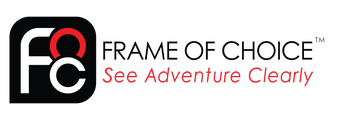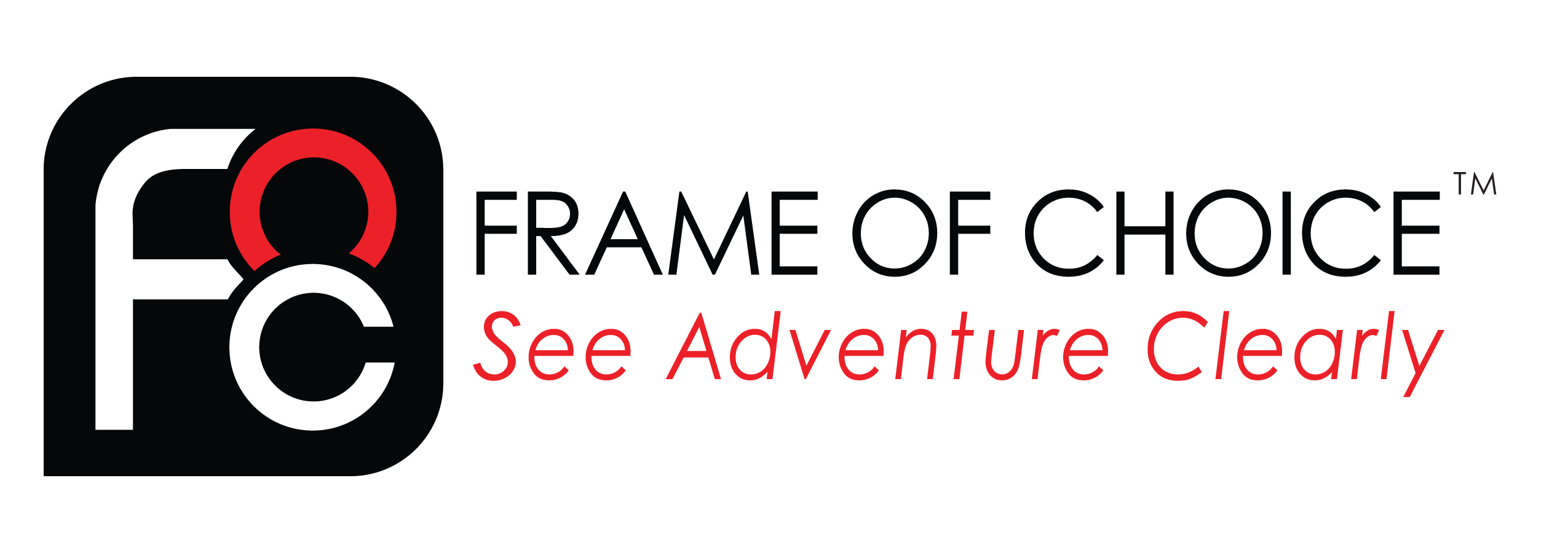Prescription Glasses For Pilots
Oct 21, 2024
Elevate your clarity and confidence in the cockpit with our precision-engineered eyeglasses designed for pilots, ensuring unparalleled visibility and focus at any altitude.

Helicopters generate an array of distinct sounds that contribute to their unique presence in the skies. The MaskOptik lenses are designed to fit under the helmet and allow the helicopter operator to visualize clearly.

What are the benefits of the MaskOptic
Maintains Seal with IHPH: Maintains the seal with your integrated hearing protection headset
Prescriptions Lenses: Customize your glasses with your Rx and choose the ideal lens type and material
Polarized/ Photochromic Options: Under suitable circumstances, choose polarized photochromic or both for UV protection and ensure visual acuity
Anti-Reflective Coating: Upgrade to anti-reflective coating to reduce glare and reflections on your eyewear lenses.
What type of noise is heard within a helicopter:
1. **Thickness Noise**:
Created by the main rotor blades displacing air, this narrow-band infrasound is most potent in the rotor plane and can travel impressive distances, often unnoticed until you’re nearby.
2. **Blade Slap**:
This sharp, disruptive sound emerges when a rotor blade intersects the tip vortex of its predecessor. More prevalent at lower speeds or during descent, blade slap can be both startling and persistent, highlighting the complexities of rotor dynamics.
3. **Loading Noise**:
The lift and drag forces acting on the blades generate this sound, which directs attention downward from the rotor. It serves as a reminder of the powerful forces at play, underscoring the helicopter's capability.
4. **Gearbox and Turbine Sounds**:
These mechanical components contribute significant acoustic energy, producing sounds in the kilohertz range that signify the helicopter’s operational efficiency.
5. **Engine Noise**:
While the engine produces sound that is predominantly noticeable near the helipad, it reinforces the helicopter’s robust design, capable of power and precision. Understanding these sounds enhances our appreciation of helicopters and the advanced engineering that powers them.
Having the proper eyewear under the helmet and maintaining the seal is essential for the helicopter operator.




